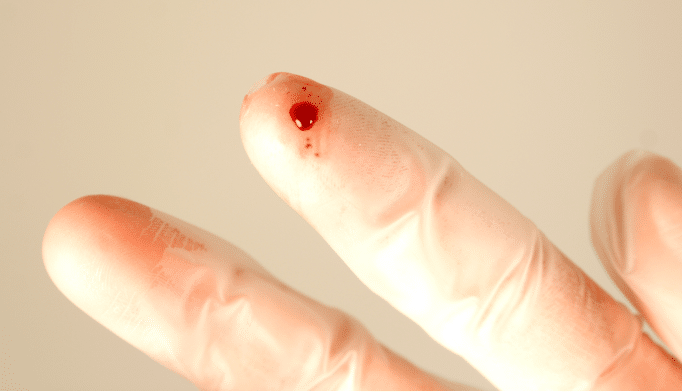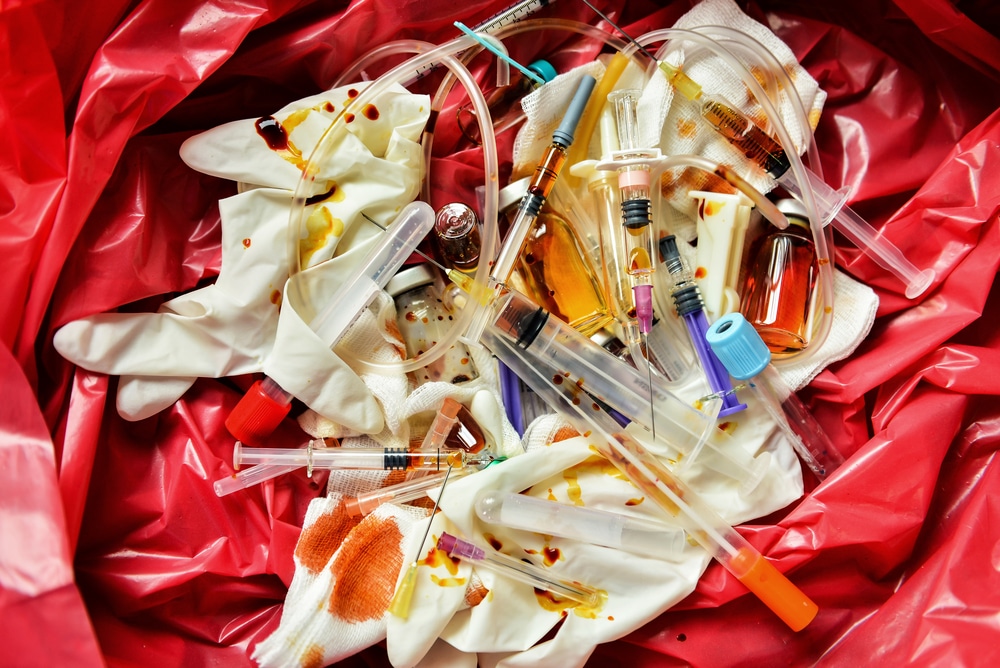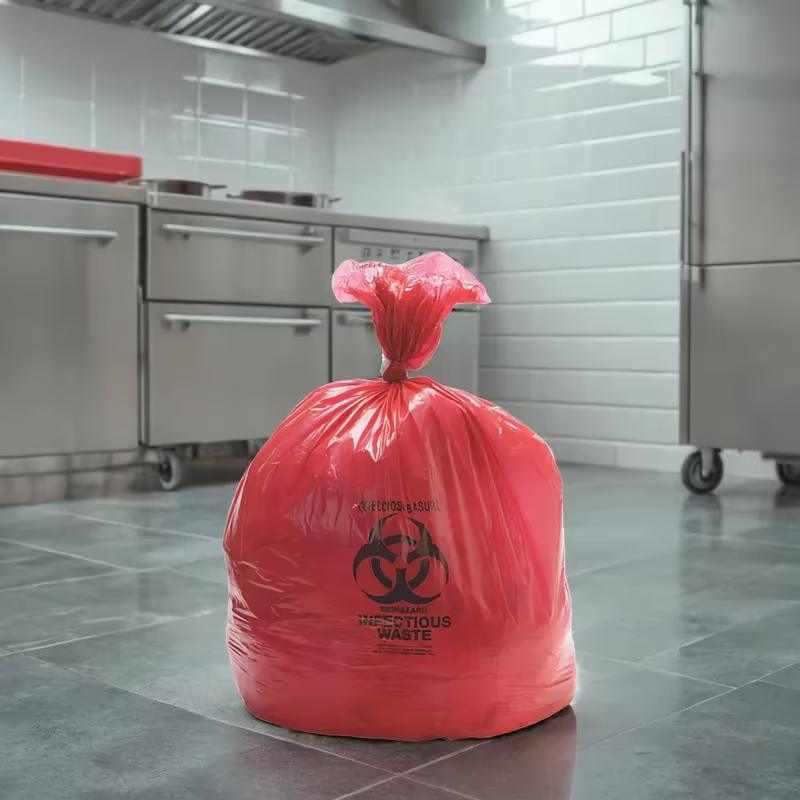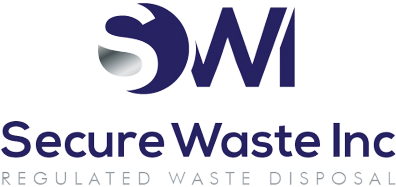Surgical Gloves Don’t Protect You From Sharps Needle Stick Expert Solutions From Secure Waste
Secure Waste Shares’ use of gloves in medical settings is a fundamental practice that plays a vital role in ensuring the safety of healthcare workers and patients.
Gloves significantly reduce the risk of hospital-acquired infections by acting as a protective barrier against potentially contaminated blood and other bodily fluids.
Disposable gloves are designed to create a barrier that prevents direct skin contact while handling instruments, examining patients, or touching surfaces.
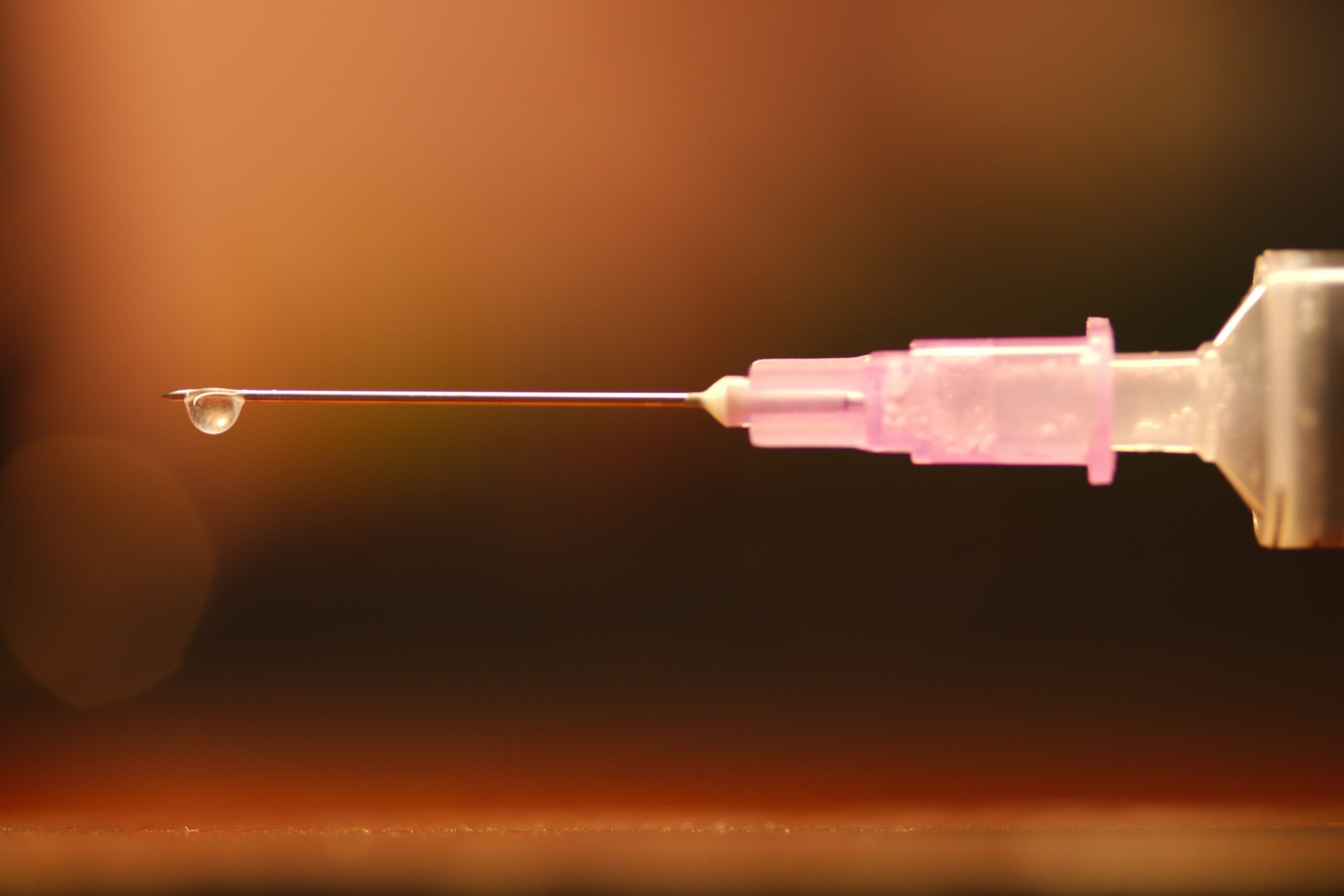
They are made from various materials, including latex, nitrile rubber, vinyl, and neoprene, and come in different colors and sizes to accommodate diverse needs. Importantly, these gloves can be either sterile or unsterile, with some featuring cornstarch powder for easier donning.
Gloving is a routine and critical procedure in surgical environments. It preserves a sterile field while safeguarding the health of healthcare professionals.
Surgical teams—including surgeons, scrub nurses, and assistants—are all at risk of exposure to infectious blood and other bodily fluids during procedures. Moreover, the use of sharp instruments presents risks, as needles can perforate gloves and result in injuries that may compromise the protective barrier and increase infection potential.
Employers have an essential responsibility to protect their workers from the dangers of occupational exposure to contaminated materials.
One practical approach is double gloving, which research suggests can enhance the protective measures. Studies have indicated that wearing an additional pair of gloves significantly increases resistance to needle penetration in laboratory settings.
When perforations occur, the extra glove can absorb more fluid from a needle, protecting against potential exposure.
Despite this compelling evidence, double gloving is not universally adopted for all high-risk medical procedures. This may stem from some skepticism among healthcare workers regarding the benefits of double gloving and concerns that it might affect tactile sensitivity.
To investigate the effectiveness of double gloving more thoroughly, we undertook a comprehensive Cochrane review analyzing its advantages and disadvantages. Our goal was to provide clear and informative insights into this practice.
So, how can we assess the effectiveness of double gloving? A straightforward approach is to use glove perforations to indicate potential needlestick injuries.
By comparing the number of perforations in the inner glove of a double-layer glove with those in a single glove, we can gain valuable insights into this approach’s preventive effects. Objective measurements of perforations can be achieved through water or air tests.
In previous studies, gloves used during procedures were collected and tested for perforations; water or air filled the gloves, making any breaches visible through leaks or air bubbles.
While monitoring the number of reported needlestick injuries could also gauge effectiveness, this method tends to be subjective and less reliable.
Additionally, while bloodstains might serve as an indicator, they come with similar challenges in objectivity. Our systematic review included randomized controlled studies that examined various outcomes, ensuring a well-rounded evaluation.
Another critical aspect of measuring glove effectiveness is its correlation with dexterity. A reduction in dexterity can increase the likelihood of glove perforations.
By comparing the number of perforations in the outer glove of a double-layer glove against those in a single glove, we can assess whether an additional layer compromises or maintains dexterity.
This exploration into double gloving emphasizes its potential to enhance safety in clinical practices. It highlights the importance of continuing to evaluate and adapt our practices based on evidence and feedback from healthcare professionals.
Let’s keep the conversation about improving safety and effectiveness in our medical environments. Together, we can foster a culture of protection and care!
In closing, now that you know everything about needle sticks with sharps. At Secure Waste, we are ready to partner with you; we provide reliable, compliant, and eco-friendly Biomedical waste disposal solutions for your facility’s needs. We have expertise in biomedical, hazardous waste, and Sharps container disposal. In addition, we provide customized waste management plans, including secure collection and transport and sustainable disposal practices.
Contact us today for a FREE Waste Assessment, or request a quote online!
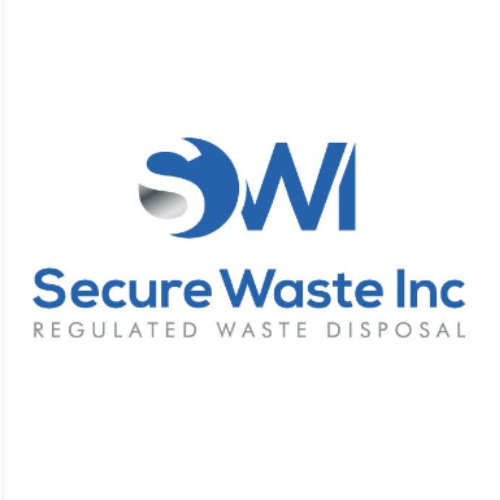
Expert Medical Waste Management: With over 25 years of industry experience, Secure Waste is a trusted local leader in hazardous and biohazardous waste disposal across Maryland, Virginia, and Washington, D.C. Specializing in medical waste management, sharps needle disposal, and biohazard waste removal, the company ensures full compliance with federal, state, and local regulations while prioritizing environmental sustainability.
The company also offers additional services, including secure document shredding and sharps container sales, providing comprehensive solutions for healthcare facilities and businesses. Our cost-effective services help clients maintain regulatory compliance without unexpected costs.
With a commitment to customer satisfaction, Secure Waste offers tailored waste management plans that align with industry best practices. Their team of experts provides reliable, timely, and compliant services, making them the preferred choice for medical waste disposal. For a free waste quote or more information, visit www.securewaste.net
